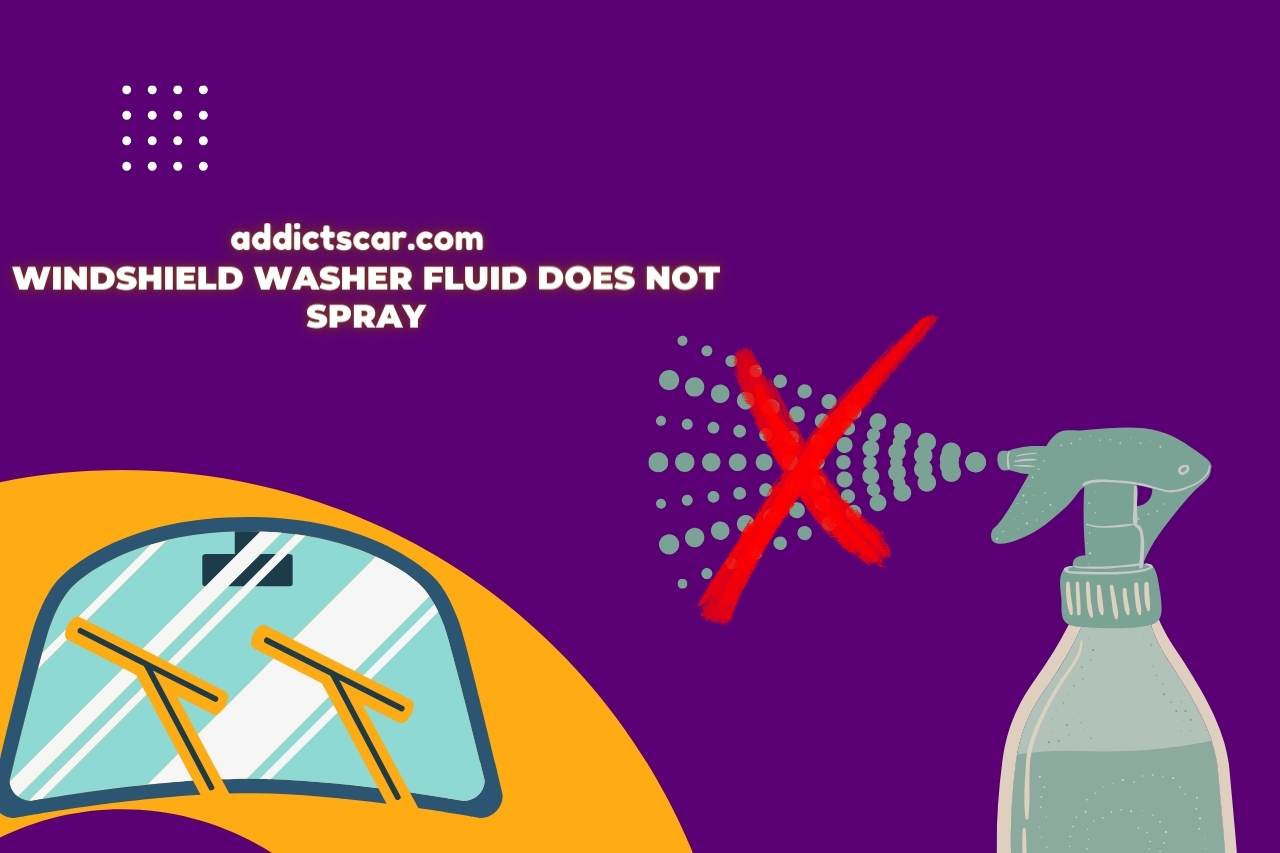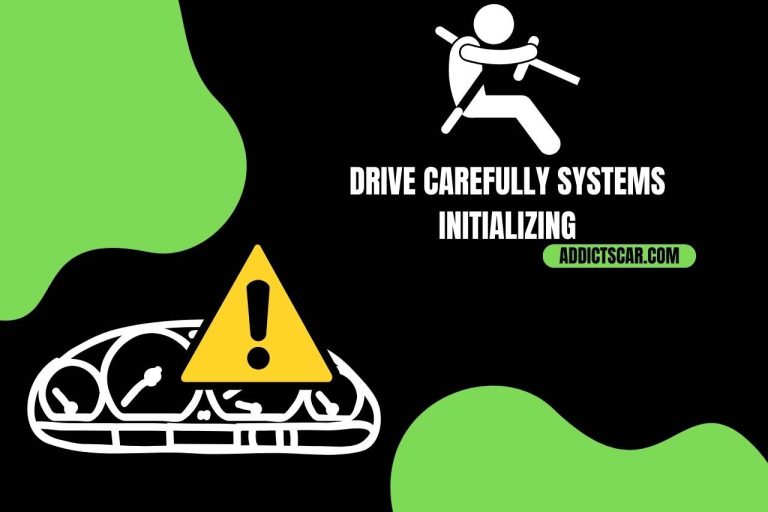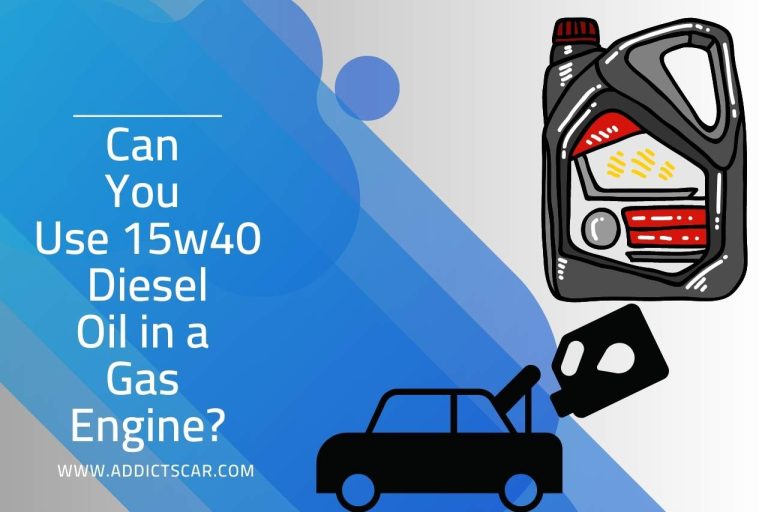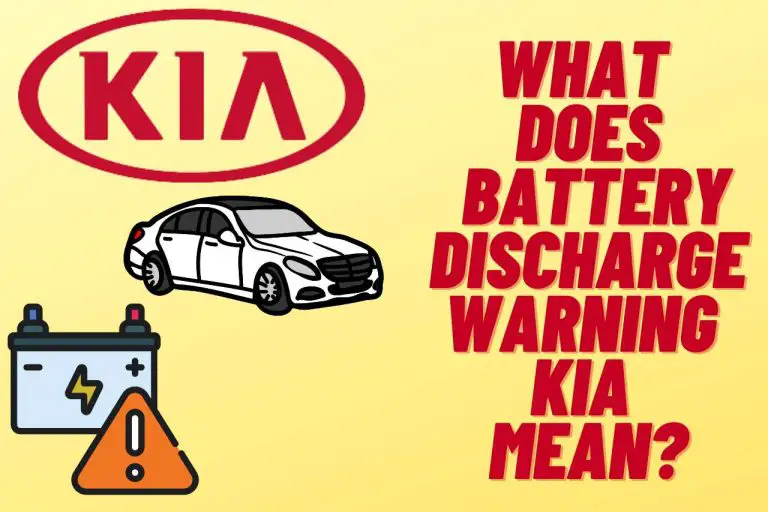Windshield Washer Fluid Does Not Spray – (Causes and Solutions)
Encountering a situation where your windshield washer fluid does not spray can be both inconvenient and hazardous, particularly in poor weather. This guide aims to solve “why windshield washer fluid does not spray” and how to effectively resolve this common vehicular issue, ensuring clear vision and safe driving.
Why Does My Windshield Washer Fluid Not Spray?
If your windshield washer fluid isn’t spraying, it’s often due to common issues like an empty reservoir, clogged nozzles, damaged hoses, a faulty pump, frozen fluid, a blown fuse, or wiring problems. Let’s dive deeper into each of these problems and explore practical solutions.
Check and Refill the Reservoir
As per our experience, the first step is always to check the washer fluid reservoir. If it’s empty, simply refill it with the appropriate washer fluid. We recommend using a fluid suitable for your climate, especially if you live in an area with freezing temperatures.
Unclogging Nozzles for Clear Spraying
Clogged nozzles are a frequent issue we’ve encountered. Dirt, debris, or ice can block these tiny outlets. A practical DIY fix is using a needle or pin to carefully clear them. Alternatively, a can of compressed air can effectively blow out any obstructions, restoring the spray function.
Inspecting and Replacing Hoses
Over time, the hoses carrying the fluid can crack or leak. We suggest inspecting these hoses closely for any signs of damage. If you find any cracks or leaks, replacing the hose is usually a straightforward task.
Diagnosing Pump Issues
A faulty pump is another common culprit. Listen for unusual noises like grinding or whining when activating the washers. This usually indicates a pump problem. In such cases, pump replacement might be necessary.
Dealing with Frozen Fluid
In colder climates, washer fluid can freeze, blocking the spray. We recommend using a winter-grade fluid to prevent this. If you suspect the fluid has frozen, gently pour warm water over the reservoir and hose to thaw it.
Checking the Fuse
A blown fuse can disable the washer system. Refer to your owner’s manual to locate and check the fuse dedicated to the washer pump. If it’s blown, replacing it often resolves the issue.
Addressing Wiring Issues
Wiring problems are less common but can occur. If the above steps haven’t solved the issue, there might be a wiring fault. This is a more complex issue, and we suggest consulting a mechanic for proper diagnosis and repair.
Additional Troubleshooting Tips
- If you hear the pump but no fluid sprays, focus on the hoses and nozzles.
- If the pump doesn’t make any sound, the issue might lie with the pump itself, the fuse, or the wiring.
- Suspect Frozen Fluid: Gently thaw the system with warm water.
- It’s wise to seek professional help from a mechanic for accurate diagnosis and repair.
How to Fix a Windshield with Wiper Fluid Not Spraying?
When your windshield washer fluid won’t spray, it’s usually due to issues like an empty reservoir, clogged nozzles, damaged hoses, a faulty pump, frozen fluid, a blown fuse, or wiring problems. Here’s a step-by-step guide to fix these issues, based on our hands-on experience.
Step 1: Refill the Washer Fluid Reservoir
Open your car’s hood and look for the washer fluid reservoir, often marked with a blue cap. If the fluid is low, refill it with the right washer fluid. We suggest always keeping an extra bottle in your car.
Step 2: Clear Out the Nozzles
Clogged nozzles are common, especially in dusty areas. Use a needle or paperclip to gently remove debris. Blowing compressed air through the nozzles can also be effective. We’ve found this simple step often solves the issue.
Step 3: Inspect and Replace Hoses
Look over the hoses for any cracks or leaks. Damaged hoses can be easily replaced with new ones from auto parts stores. We recommend checking hoses regularly as part of your car maintenance routine.
Step 4: Diagnose the Washer Pump
When you activate the washer, listen for the pump. No sound might mean a faulty pump. Tapping the pump sometimes gets it working, but if not, replacing it is the next step. This might require professional help if you’re not confident doing it yourself.
Step 5: Deal with Frozen Fluid
In cold climates, washer fluid can freeze. Parking in a warm place or using a hairdryer to thaw the fluid works well. To prevent future freezing, use a winter-grade fluid suitable for your area’s temperatures.
Step 6: Check and Replace Fuses
Locate the fuse box (your owner’s manual can guide you) and find the fuse for the washer pump. If it’s blown, replace it with a new one of the same amperage. This is often an overlooked but easy fix.
Step 7: Professional Help for Wiring Issues
If all else fails, the issue might be with the wiring. This is more complex, and we recommend taking your car to a mechanic for these types of repairs.







